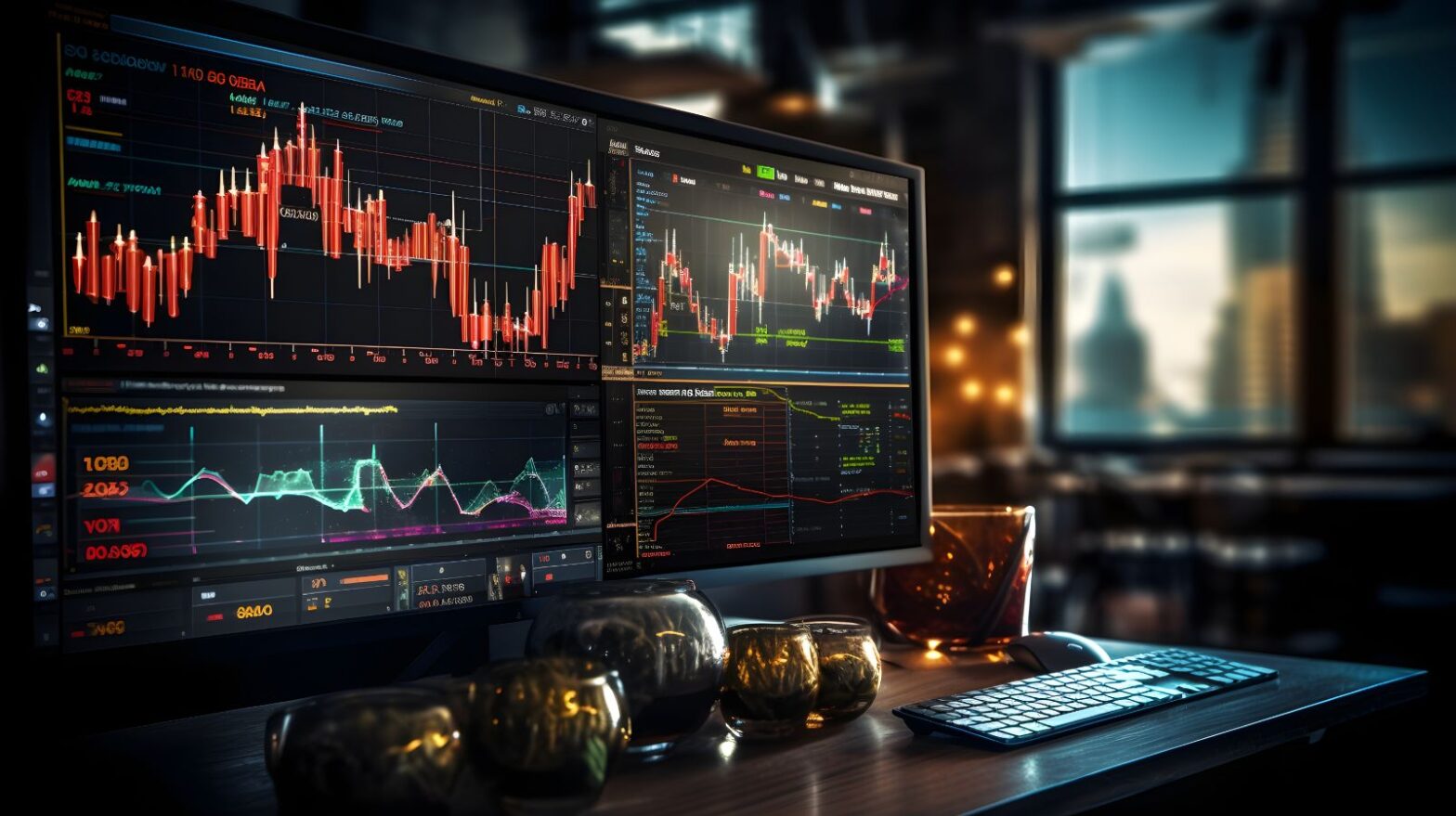Trading bot with exchange integration

In today’s world of financial technology, automation has become an integral part of trading. One of the most effective tools for trading in cryptocurrency markets is the exchange-integrated trading bot. These programs enable traders to optimize their operations, reduce risks, and enhance the profitability of their trades by utilizing various algorithms and strategies. In this article, we’ll explore how these bots work, their advantages, risks, and key aspects of successful usage.
An exchange-integrated trading bot is software that automatically executes trades in cryptocurrency markets using predefined strategies and algorithms. The main feature of these bots is their ability to interact with multiple exchanges via APIs, allowing them to access real-time market data, analyze it, and promptly execute buy or sell orders for assets.
These bots can be fully autonomous, making decisions based on embedded logic, or semi-automated, where the trader sets operational parameters and oversees the process. Integration with exchanges enables bots to analyze price movements, trading volumes, liquidity, and other market factors in real time.
The operation of a trading bot begins with connecting to one or more exchanges, where it gains access to the API (Application Programming Interface). The API enables the program to interact with the platforms, request market data, send buy and sell commands, and monitor the user’s account balance.
Once connected, the bot analyzes the market using machine learning algorithms, statistical methods, and technical analysis. It processes a vast stream of data, including price changes, trading volumes, volatility, and even the impact of news events. Depending on the strategy, the bot determines whether to execute a trade. For example, if it employs trend-following strategies, buying or selling assets will occur based on the current trend.
High-frequency bots execute hundreds or thousands of trades per second, leveraging minimal price fluctuations for profit. They require powerful software and a fast connection to the exchange, as every millisecond can affect the success of a trade.
Some trading bots integrate artificial intelligence and machine learning, allowing them to adapt to market changes. These bots analyze historical data, predict potential shifts, and adjust their strategies in real time.
Thus, the working principle of a trading bot is based on swift data analysis, automated decision-making, and instant order execution. Its effectiveness hinges on the quality of algorithms, connection speed to exchanges, and the strategy encoded within it.
Using trading bots significantly simplifies the trading process, increasing efficiency and reducing risks associated with human error. However, it is essential to remember that bots do not guarantee 100% profit and require careful configuration, testing, and user oversight.